Characteristics and Applications of Perlite Sand
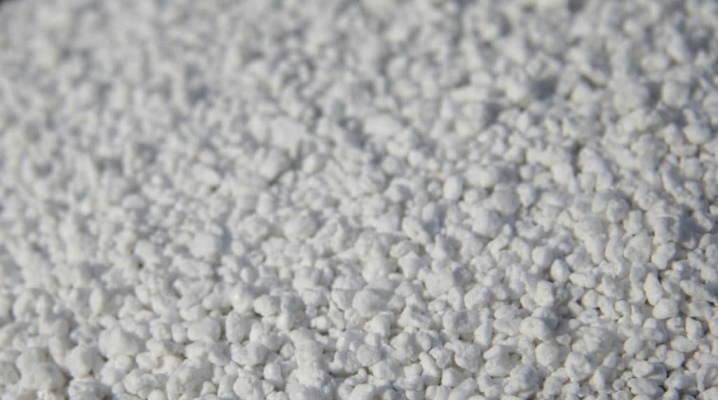
Perlite sand, due to its almost weightless structure, has a lot of advantages, which allows it to be successfully used in many areas of human activity. In this article, we will consider in more detail what this interesting material is, in which areas it is advisable to use it, and in which it is worth abandoning operation for a number of significant reasons.


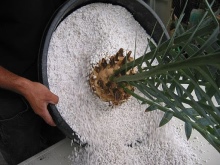
Origin
The word "perlite" is translated from French as "pearl", and the grains of sand are really similar in their texture to pearls. However, perlite has nothing to do with mollusks, and even more so with jewelry.
Grains of sand are formed as a result of the release of magma to the surface during a volcanic eruption - at the moment when the hot mass quickly cools down. The result is volcanic glass known as obsidian.
Those layers of material that are deep underground are exposed to the action of groundwater (they change their structure somewhat, absorb a certain amount of moisture), and perlite grains of sand are formed at the exit, and, scientifically, obsidian hydroxide.
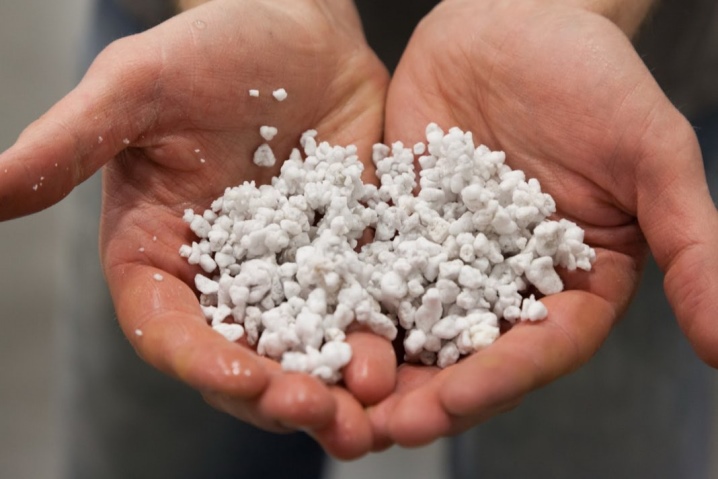
Properties
Perlite is divided into 2 large groups according to its liquid content:
- up to 1%;
- up to 4-6%.
In addition to water, the material contains many chemical elements. Among others, iron, aluminum oxide, potassium, sodium, silicon dioxide can be distinguished.
According to its structure, perlite is a porous substance, which is subdivided into different types depending on the predominance of certain chemical elements in the composition. For example, obsidian, masonry, spherulite, hydraulic, pumiceous, dry, plastic and other types are known.
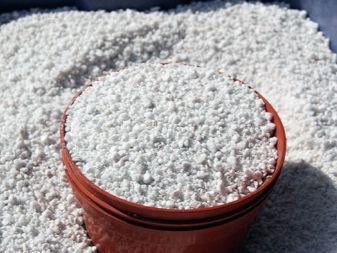
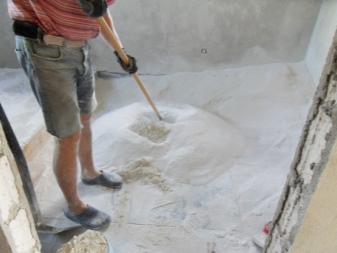
In its natural form, the material is not used in construction. However, in the process of experiments, people discovered its unique property to swell during heat treatment, increase in size and disintegrate into particles. It was this material that later received the name "expanded perlite". During the firing process, the particles can increase in size up to 18–22 times, which makes it possible to create material of different density (it can vary from 75 kg / m3 to 150 kg / m3). The conditions for using the foam material depend on the density:
- in construction, a larger material is most often used;
- for agricultural purposes, sand marked M75 is used;
- in medicine and food industry, perlite of very small fractions is in demand.
Perlite, which naturally has a variety of colors (from black and green to brown and white), after hot processing acquires a certain creamy or bluish tint.
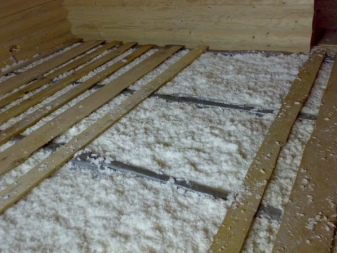
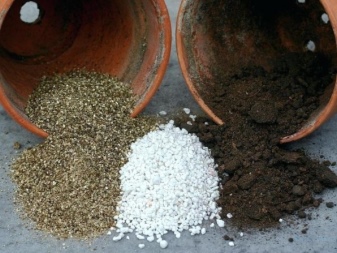
To the touch, such "stones" seem pleasant and warm, larger particles are no longer called sand, but perlite rubble.
Advantages and disadvantages
Like every material, perlite has a number of advantages and disadvantages. The characteristics of pearlite must be taken into account as the material is very different from ordinary sand.
Consider the main advantages that will help you decide where it is most appropriate to use this granulate.
- Foamed perlite - fairly light raw material, due to which it is actively used in construction. It, unlike ordinary sand, significantly lightens the load on the supporting structures.
- High thermo- and soundproofing properties - another significant plus of the material.With its help, it is possible to ensure thermal conductivity and sound insulation of the walls in the room and thereby save on heating.
- Perlite is characterized by absolute resistance to external influences. Fungus and mold do not form on it, it is "uninteresting" to rodents, insect pests do not live in it and do not make nests, it does not deteriorate and does not change its properties even in aggressive environments.
- Increased durability of the material is also manifested in the fact that it is not subject to fire, is able to withstand ultra-high and ultra-low temperatures.
- Foamed perlite is an environmentally friendly material, since it is made from natural rocks that are processed at high temperatures. No chemical reagents are used in the production. Accordingly, grains of sand do not emit toxic substances.
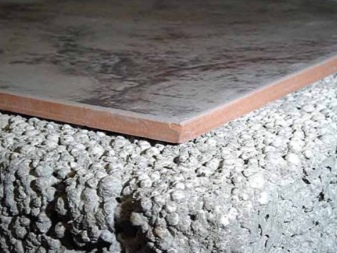

The disadvantages of this in all senses of useful material can be attributed to three points.
- Increased hygroscopicity. It is highly undesirable to use perlite in rooms with high humidity. Since the material is porous, it is able to actively absorb and retain moisture, which ultimately can lead to weighting and collapse of all supporting structures. If the decision to use perlite in a humid environment is still made, it is necessary to treat it with water-repellent substances.
- When working with perlite, dust clouds can be observed, which can adversely affect the health of builders. Therefore, it is recommended to use protective masks during the construction process and periodically spray the material with water.
- Another drawback is the relatively recent popularity of perlite and its lack of publicity. Many users simply do not know about the existence of such an alternative to the usual materials (mineral wool and foam).
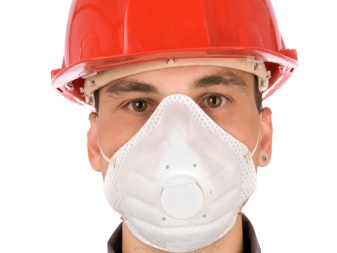
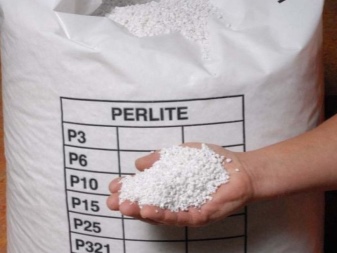
Applications
Due to its high performance properties, foamed perlite is used in many fields of activity: from construction to medicine, from metallurgy to the chemical industry. Let's take a closer look at those applications that are often found not in mass production, but in everyday life.
Construction
As noted above, perlite is highly valued for its low weight, which allows for lighter structures and reduces the pressure on the supporting elements.
Expanded sand is often used for the preparation of mortars and plaster. Interblock seams are coated with a solution, and plaster is applied to the surface to warm the room. Plaster based on foamed volcanic substance is able to retain heat as well as brickwork.
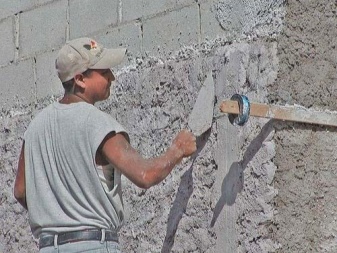
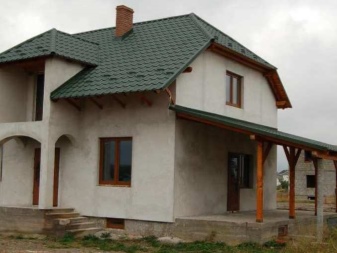
Bulk dry material insulates the gaps between the walls, it is placed for insulation and leveling under the floor covering, and a mixture of perlite and bituminous mastic serves as a heater for the roof. Chimney insulation made on the basis of this material significantly reduces the risk of fire, since perlite is a non-combustible element.
In addition, ready-made building blocks based on this material can be found on sale.
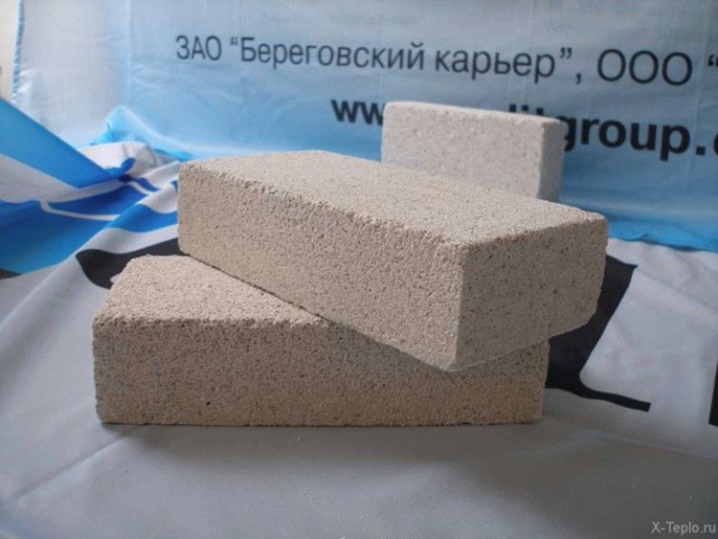
Agriculture
Since perlite is an environmentally friendly and harmless material that does not emit harmful substances, it is successfully used in horticulture when growing various crops.
So, Foamed sand serves as an excellent loosening agent due to its porous structure. When added to the soil, oxygen is supplied to the plant roots.
Perlite is able to accumulate and retain moisture, which allows plants in emergency dry situations not to be left without moisture.
In addition, such sand is often used for the completely opposite purpose - to collect excess moisture after excessively frequent torrential rains and thereby save the plants from decay.

Domestic use
The smallest fractions of foamed perlite are used to create filters for various purposes. Manufacturing of all kinds of equipment in the medical and pharmacological fields cannot do without them.
Small perlite granules are widely used in the creation of filters for the food industry.

Life time
Due to its natural origin and subsequent heat treatment, perlite has no shelf life and can be used for an unlimited amount of time without losing its positive qualities.
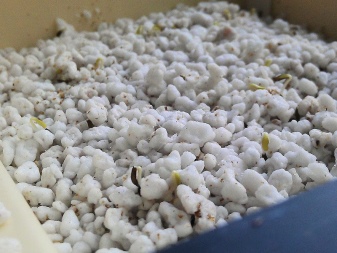
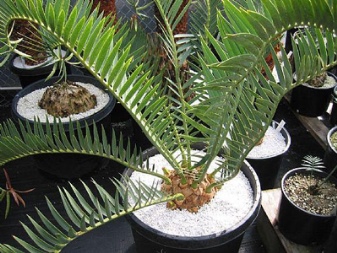
For more on the features of perlite sand, see the next video.













Good article. Thanks to the authors.
The comment was sent successfully.